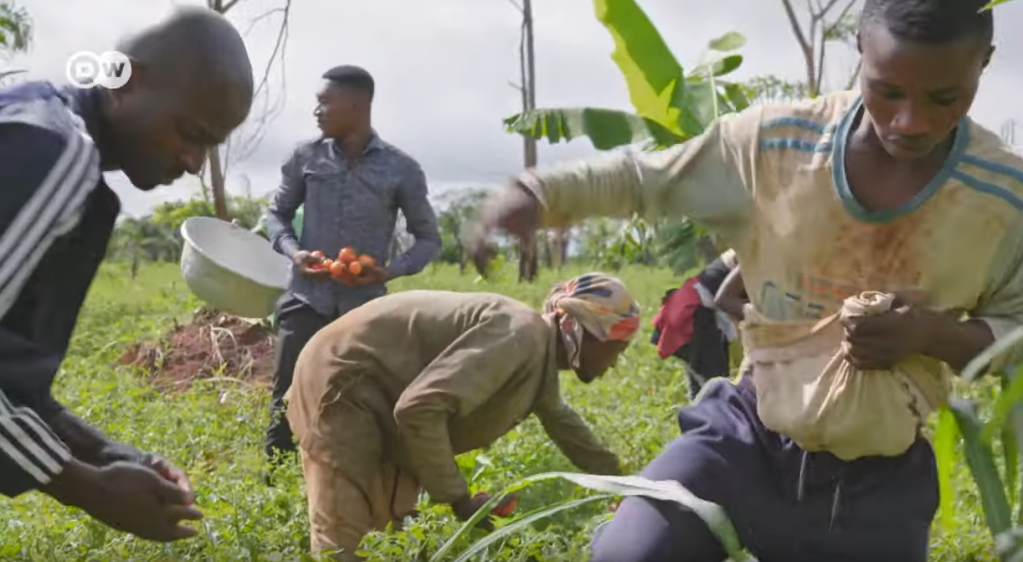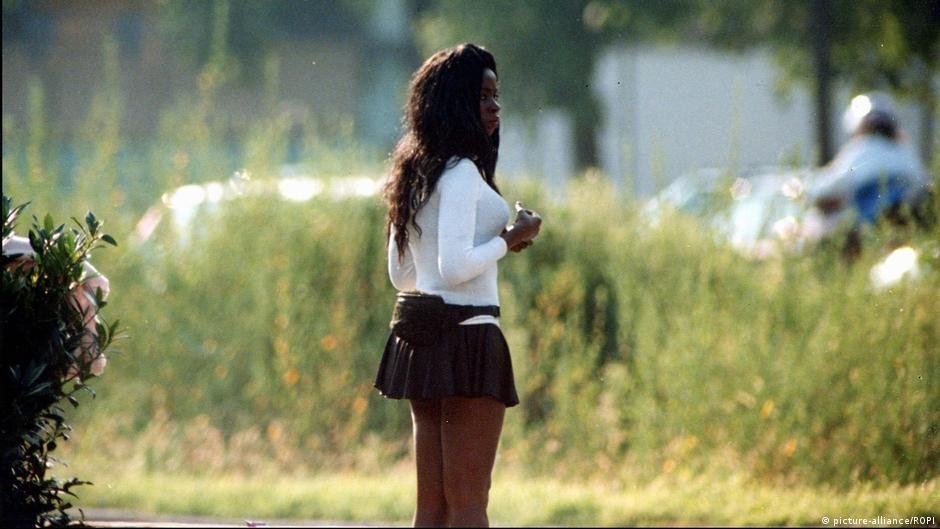The number of human trafficking victims is on the rise again, reversing a decline observed during the COVID-19 pandemic, according to a global report the United Nations Office on Drugs and Crime (UNODC) released today.
The 2024 Global Report on Trafficking in Persons, which analyzed data from 156 countries and reviewed over 1,000 court cases over the past decade, noted a 25 percent increase in detected trafficking victims between 2019 and 2022. The increase was attributed to the spike in cases of child exploitation and forced labor. The often overlapping and intersecting flashpoints of poverty, conflict, and the climate crisis were listed as factors that contribute to a person's vulnerability to being trafficked.
La Strada International, a European anti-trafficking NGO, highlighted the heightened risks of migrants and asylum seekers to trafficking. "In general, migrants are always more vulnerable than country nationals to human trafficking," Suzanne Hoff International Coordinator for La Strada International told InfoMigrants.
As Hoff explained, the trail of risk factors often starts in the country of origin where migrants may have gone into debt to pay for their transit or smuggling fees. Migrants are trapped in debt even before they leave. In the case of undocumented migrants and refugees, this is further compounded by often not having access to regular work in their country of destination.
The 2022 Global Estimates of Modern Slavery report highlighted that migrant workers are three times more likely to end up in circumstances of forced labor exploitation in the private sector compared to local workers.
Read AlsoGermany: Raid on suspected migrant smuggling network
Cases of labor exploitation most common
Globally, there were more cases of forced labor than sexual exploitation. This trend was mirrored in Western and Southern Europe where the cases of forced labor were estimated at 39 percent overtaking sexual exploitation which was tagged at 22 percent. More men and young boys were reported as trafficking victims, at 39 percent and 24 percent respectively. Women, on the other hand, were reported at 28 percent.

In this region, there was an estimated 22 percent of people trafficked for the purpose of forced criminality. According to IOM, their own research and working with victims of trafficking confirms incidences of trafficking for the purposes of forced criminality.
"We have anecdotal evidence on the global level of victims of trafficking being forced to engage in crimes such as forced drug trafficking and selling, making threats and enforcing violence, murder, terrorism, and armed conflict," a spokesperson for IOM explained.
In terms of country of origin, most people who were trafficked were from central or southeastern Europe (28 percent) while people from Sub-Saharan Africa and South and East Asia both numbered an estimated 15 percent.
However, in central and south eastern Europe, the report findings were slightly different. About 50 percent of cases involved trafficking for the purpose of sexual exploitation and an estimated 46 percent of the trafficking victims were women and 28 percent were girls.

Traffickers mostly operate as part of organized crime groups
This region is mostly noted to be a destination, about 73 percent of victims were trafficked from within the region. However, there was a noted increase in cross-border trafficking into central and south eastern Europe mostly from the Americas, East, and South Asia as well as Eastern Europe and Central Asia.
Traffickers are reportedly operating mostly as organized crime groups. Most of the purported traffickers were men, however, the UNODC report noted that there were cases of children who were investigated, prosecuted, and convicted for trafficking too.
According to a report by the UNCHR, human trafficking victims may be unfairly held responsible for crimes committed as a direct result of their exploitation, such as illegal drug activities. They may also face charges for related offenses, like using false documents or illegally entering a country. The UNHCR stressed that in these cases, it is crucial to identify them as victims rather than perpetrators.
An IOM spokesperson told InfoMigrants that the IOM, as a member of the Inter- Agency Coordination Group against Trafficking in Persons (ICAT), supports the statement on the non-punishment principle which states, people who commit crimes as a direct result of their status of trafficked person should not be held criminally responsible for those actions.
Read AlsoOnline trafficking networks target women and juvenile migrants
Increase in the number of convictions
The UNODC report noted an increase in trafficking convictions in some regions such as central and southeastern Europe which showed a 29 percent increase. However, La Strada's Hoff is cautiously optimistic about this finding.
"Trafficking is a notoriously difficult crime to prove. We have seen many cases dismissed because of a lack of evidence. For example, in cases of trafficking for forced labor, it is very difficult to hold companies and employers liable," she said
However, Hoff did acknowledge that changes in legislation such as the revised European Union anti-trafficking directive passed in July may start making an impact on improving prosecution rates of trafficking cases.
The EU anti-trafficking directive introduced stricter sanctions and additional tools that will aid the investigation and prosecution of new forms of exploitation such as forced marriage and illegal adoption.
